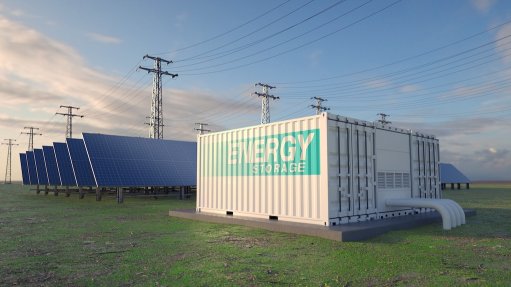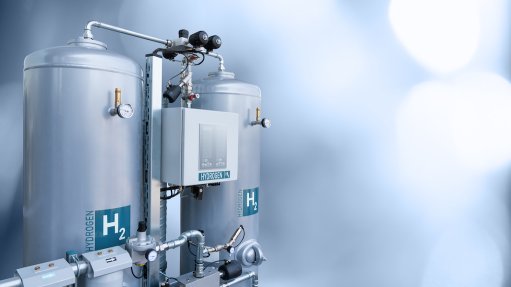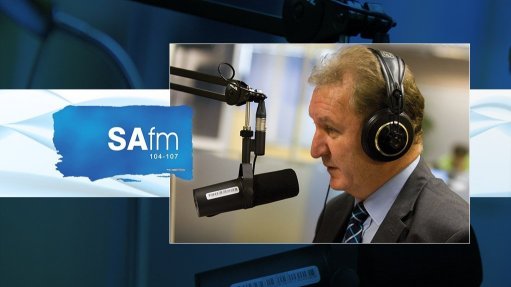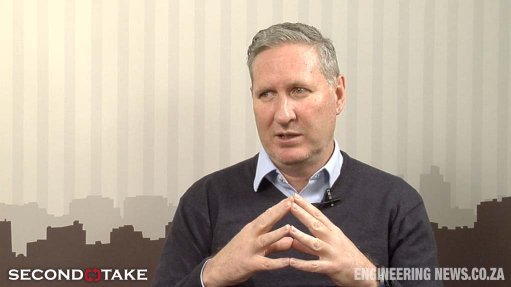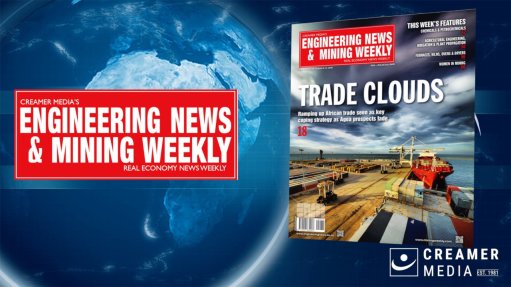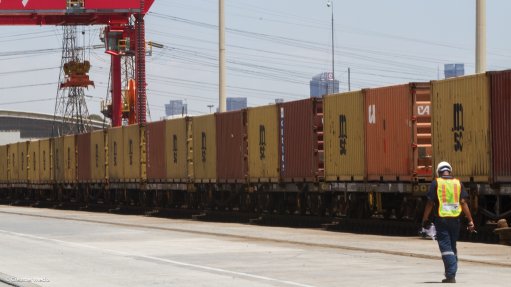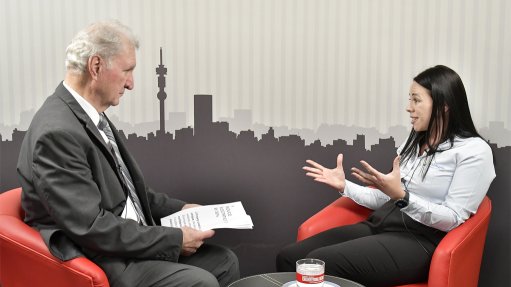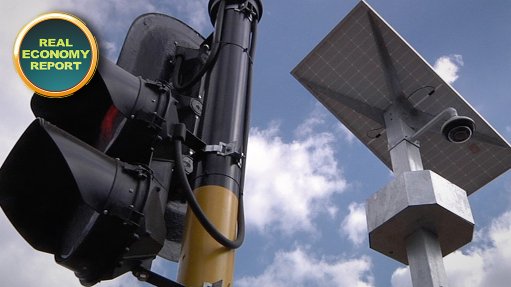Platinum industry sees value in offshore wind-to-hydrogen technology
Sustainable offshore energy production could help deliver cost-competitive green hydrogen, which the World Platinum Investment Council (WPIC) says could play a significant role in the transition away from fossil fuels.
Green hydrogen is produced by the electrolysis of water, which is, in turn, powered by renewable energy such as wind or solar. The wind provides infinite, free energy that generates the electricity needed by the electrolyser to produce green hydrogen at source.
The WPIC said in a statement on February 16 that the combination of wind power with platinum-based proton exchange membrane (PEM) electrolysers could produce green hydrogen in an off-grid solution.
Wind power is one of the fastest-growing renewable energy technologies, with its uptake rising globally – in part because its price has decreased.
The WPIC said the global installed wind-generation capacity onshore and offshore had increased by a factor of almost 75 between 1997 and 2018, jumping from 7.5 GW to 564 GW.
In the UK alone, wind accounted for 24% of total electricity generation in 2020, with offshore wind and onshore wind contributing 13% and 11% respectively.
“With the wind-to-hydrogen approach, the value of the offshore wind power is increased as regions with abundant offshore wind become directly accessible for the production of green hydrogen, without the additional conversion costs of having to first carry the electricity generated back to shore,” the WPIC explained.
Another benefit is that the hydrogen generated offshore can be transported by pipeline, offering economic advantages over the high-voltage direct current transmission systems that would otherwise be required to transmit wind-generated energy.
“A pipeline is a far more cost-effective option for transporting large volumes of energy over long distances,” the WPIC said.
The hope is that the wind-to-hydrogen solution could transform offshore energy production, allowing for the off-grid production of low-cost green hydrogen at scale.
Moreover, even greater potential exists for a floating wind turbine market to leverage the faster wind speeds found even further offshore.
PROJECTS
Several projects are currently under way to develop wind-to-hydrogen technology, which the WPIC said would be “game-changers” if successful and scalable.
The H2Mare initiative, which is being coordinated by technology company Siemens Energy, aims to fully integrate a PEM electrolyser into an offshore wind turbine as a single synchronised system to directly produce green hydrogen, while building a whole value chain to support it.
Siemens said in January last year that it planned to build a full-scale demonstrator by 2025/26 based on its 14 MW wind turbine with an electrolyser installed at the base of the turbine tower.
In August last year, the German government said it would commit €100-million to help fund the project.
Meanwhile, a consortium with PEM electrolyser-producer ITM Power, multinational energy company Ørsted, Siemens subsidiary Siemens Gamesa Renewable Energy, and energy consultancy Element Energy were awarded €5-million in funding from The Fuel Cells and Hydrogen Joint Undertaking under the European Commission to demonstrate and investigate a combined wind turbine and electrolyser system designed for operation in marine environments.
Moreover, floating turbine developer ERM Dolphyn, which has combined PEM electrolysis, desalination and hydrogen production on a floating wind platform, has been earmarked for installation at the Salamander floating wind project. The Salamander project aims to deliver 1 GW of floating wind power and 5 GW of green hydrogen capacity off the North East coast of Scotland by 2030.
PEM electrolyser technology is being used across these wind-to-hydrogen projects as it is especially suited to the intermittent nature of renewable energy. This is because it is highly efficient at a high power density, produces a high product gas quality – even at partial load – and the technology is low maintenance and provides reliable operation.
Comments
Press Office
Announcements
What's On
Subscribe to improve your user experience...
Option 1 (equivalent of R125 a month):
Receive a weekly copy of Creamer Media's Engineering News & Mining Weekly magazine
(print copy for those in South Africa and e-magazine for those outside of South Africa)
Receive daily email newsletters
Access to full search results
Access archive of magazine back copies
Access to Projects in Progress
Access to ONE Research Report of your choice in PDF format
Option 2 (equivalent of R375 a month):
All benefits from Option 1
PLUS
Access to Creamer Media's Research Channel Africa for ALL Research Reports, in PDF format, on various industrial and mining sectors
including Electricity; Water; Energy Transition; Hydrogen; Roads, Rail and Ports; Coal; Gold; Platinum; Battery Metals; etc.
Already a subscriber?
Forgotten your password?
Receive weekly copy of Creamer Media's Engineering News & Mining Weekly magazine (print copy for those in South Africa and e-magazine for those outside of South Africa)
➕
Recieve daily email newsletters
➕
Access to full search results
➕
Access archive of magazine back copies
➕
Access to Projects in Progress
➕
Access to ONE Research Report of your choice in PDF format
RESEARCH CHANNEL AFRICA
R4500 (equivalent of R375 a month)
SUBSCRIBEAll benefits from Option 1
➕
Access to Creamer Media's Research Channel Africa for ALL Research Reports on various industrial and mining sectors, in PDF format, including on:
Electricity
➕
Water
➕
Energy Transition
➕
Hydrogen
➕
Roads, Rail and Ports
➕
Coal
➕
Gold
➕
Platinum
➕
Battery Metals
➕
etc.
Receive all benefits from Option 1 or Option 2 delivered to numerous people at your company
➕
Multiple User names and Passwords for simultaneous log-ins
➕
Intranet integration access to all in your organisation









